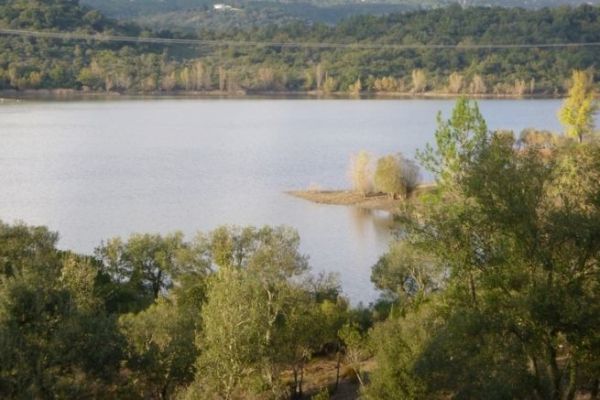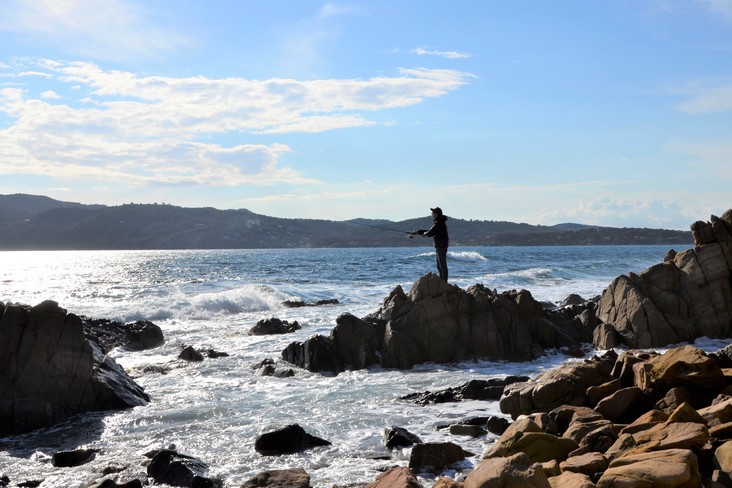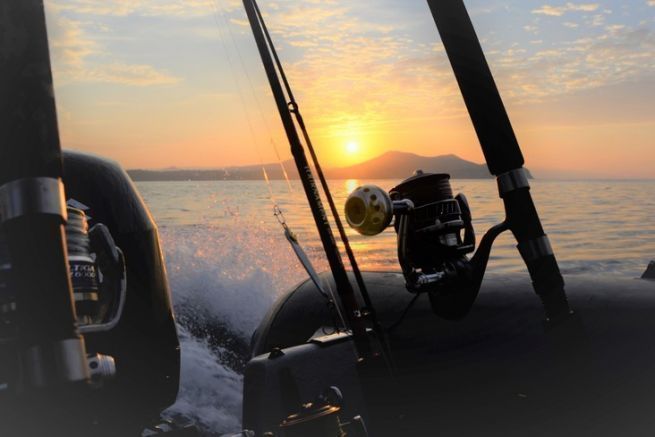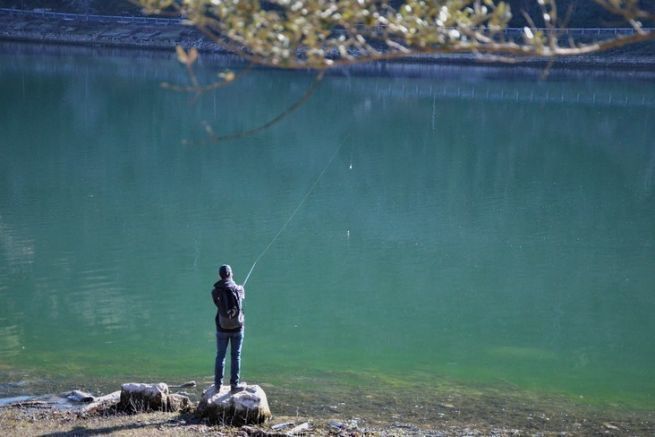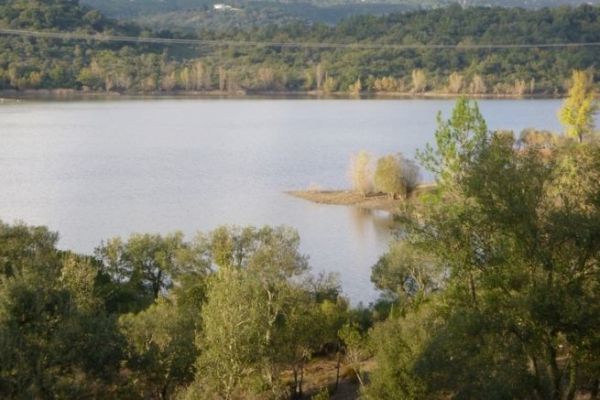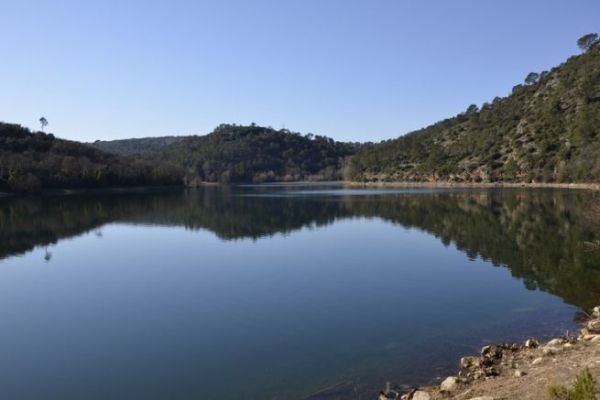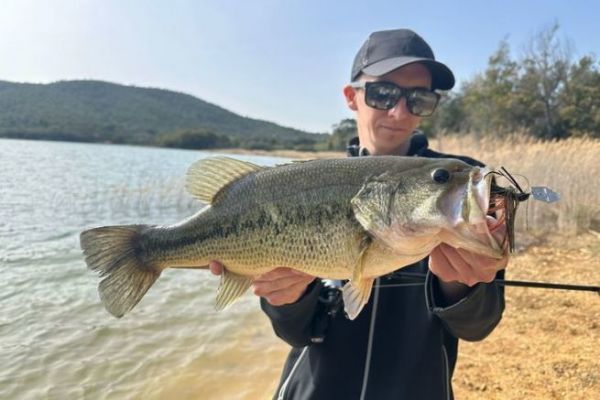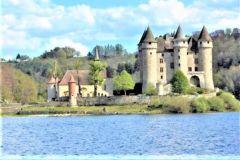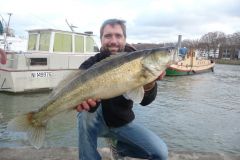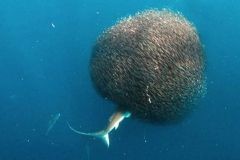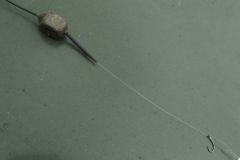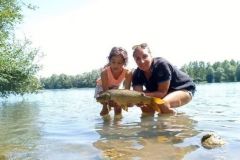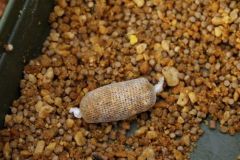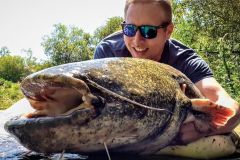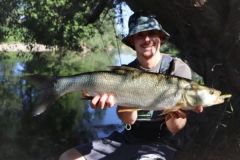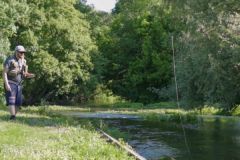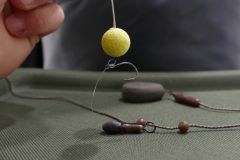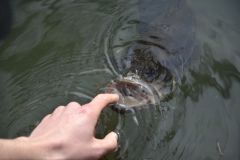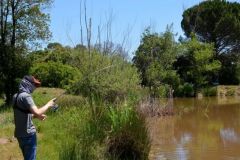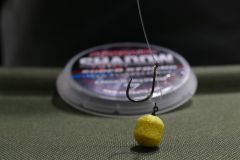A 450-hectare artificial lake
Lac de Saint-Cassien is located in the Pays de Fayence region, in the communes of Tanneron, Montauroux and Callian. Situated on the southern slopes of the Esterel massif, Lac de Saint-Cassien was impounded in 1966. With its 450 hectares, 6.5 kilometers in length and 3.5 kilometers in width, the lake offers an attractive playground for all fishing enthusiasts.
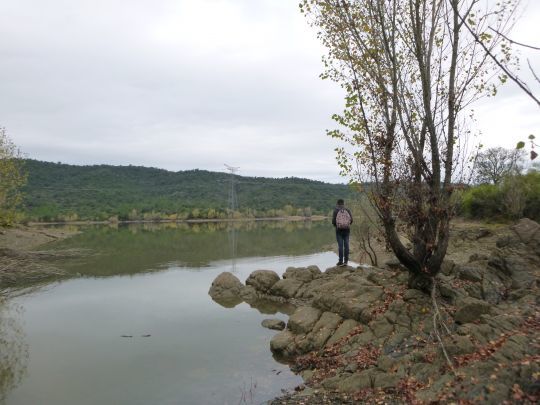
Classified as a second category river, all fishing techniques can be practiced. Feeder, jerk, lure or bait fishing, there are plenty of spots to choose from.
On the north side of the lake, near the dam, access is difficult and even dangerous for shore anglers. The best thing, if you can, is to explore this part of the lake from a boat, kayak or float-tube. This is the deepest part of the lake, at around 40 meters, and some pretty carnivorous fish haunt these deep waters.
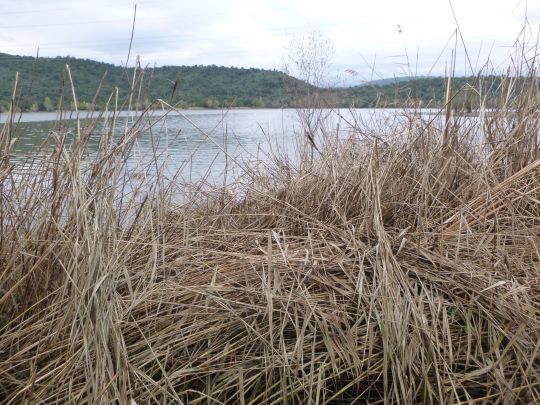
Further south, access on foot is facilitated by the departmental road that runs alongside this part of the lake. The southern part of the lake is shallow, and many of its arms can be explored from the shore.
The famous "Rocher de l'Américain" is located in the western arm of the lake. Pike, pike-perch and whitefish can be caught from the shore or from a boat.
Fish species present
The emerald-colored water is home to numerous species of fish. Pike-perch are well represented, as are pike, perch and catfish throughout the lake. A few black bass are trying to find their place on this large lake.

As for white fish, roach and rotengles dominate, with a few bream wandering nonchalantly about. For carp anglers, numerous carp can be caught on the lake, with some nice surprises. Lake Saint-Cassien is also home to numerous nuisance catfish and sunfish.
As on all lakes and bodies of water in the Var department, combustion engines are prohibited and only electric motors are permitted. Two slipways are available, one on the south arm and the other on the west arm of the lake.
A pretty lake on the border of the Var and Alpes-Maritimes departments for fishing amid cork and white oaks and maritime pines.

 /
/ 